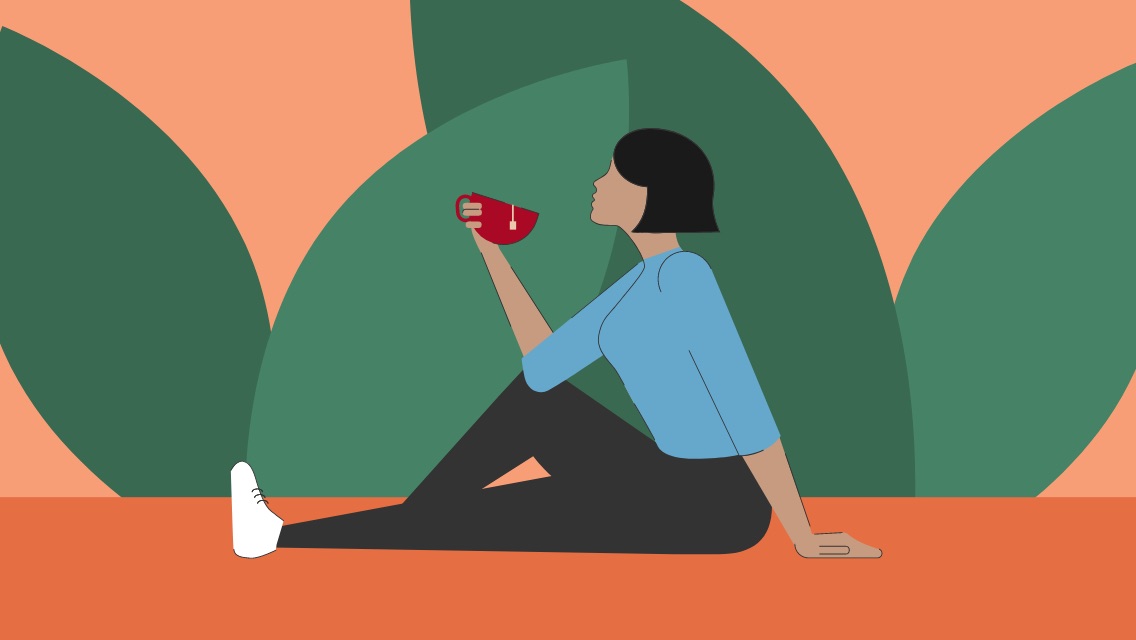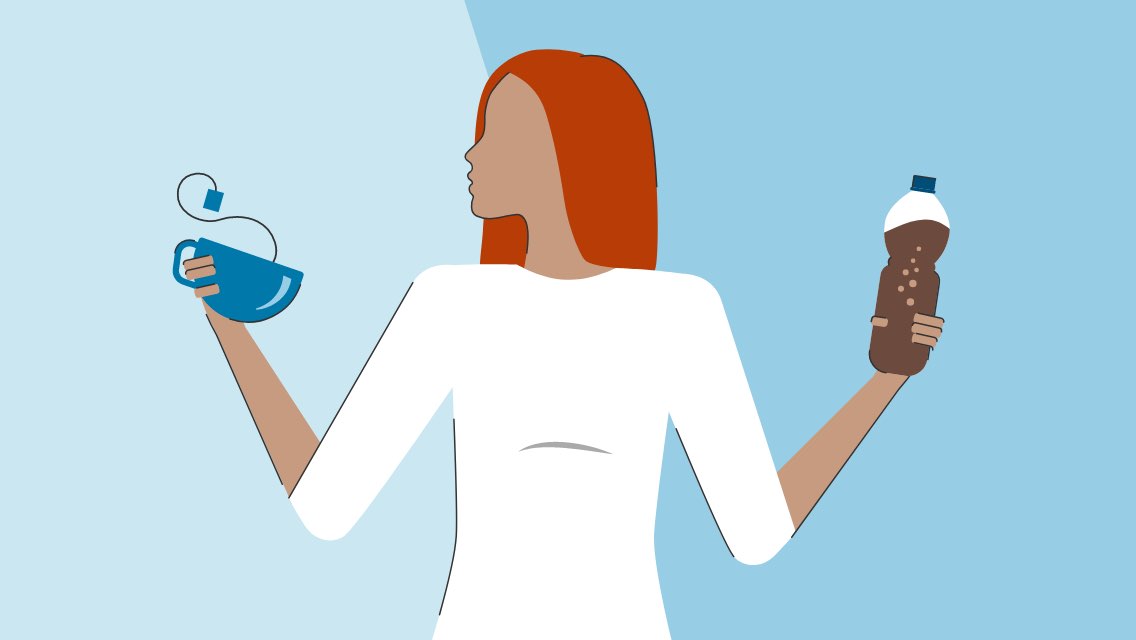Whether you’re supporting local businesses or foregoing nights out to do more date nights in, many of us are eating more takeout than we have in years prior.
Generally, when you’re not preparing your own foods (such as when you’re eating restaurant foods), nutrition quality takes a plunge and the number of added ingredients, sugars, and other nutritional pitfalls increases.
The good news is that you can have your takeout and eat it too — it just requires the right strategy when you’re ordering. Here are some time-tested tips for making healthier takeout choices.
1. Call ahead instead of ordering online.
When possible, speaking to an actual person makes it more likely that requests can be accommodated. The digital fields available for online ordering through an app or website often can limit options for substitutions and changes to the menu.
2. Pick your protein first — and ask for extra.
Between carbohydrates, fat, and protein, it’s the third that reigns as the most satiating, hunger-busting macronutrient. Since restaurant portions can vary from three to 10 times what a serving ought to be, prioritizing protein can be a natural way to keep calories in check without overtly having to focus on calories.
Select what you’re in the mood for or what you’re least likely to prepare at home (perhaps shrimp, fish, or a cut of meat you’re not used to cooking). If possible, ask for an extra portion, since most restaurant servings of protein range from 2.5 to 4 ounces, and most of us do better with a bit more than that at our main meals. There likely will be an extra charge, but it’s often worth it to help round out a healthier and more satisfying meal.
If you’re ordering from a restaurant that has a limited menu, chances are you’ll still be able to get a grilled chicken breast or burger patty sans the bun as a fall back most anywhere. Feel free to use add-ons that fit your nutrition plan. Examples include cheese, avocado, bacon, hot sauce, pickles, or a squeeze of mustard.
3. Double up on veggies.
Traditional restaurant meals typically come with a meat, vegetable, and starch — with the largest portion typically being a starch.
If you’re looking to lose body fat or maintain a well-balanced blood-sugar level, it may be best for you to ask for an extra serving of vegetables instead of a starch portion. When ordering from a sit-down restaurant, there are often several vegetable options you can choose from. Try something new, such as asparagus spears and a side of sautéed mushrooms. Or if you prefer to keep it simple, order a double portion of broccoli.
4. If you’re consuming starches, choose a real one.
The starch options at restaurants seem endless: potatoes in several forms (baked, as fries, scalloped, au gratin, mashed), bread or roll options, pasta sides like mac and cheese, and grain mixes of rice or quinoa.
When possible, choose the least processed form of starch that you can to help increase your fiber intake and reduce your consumption of refined grains. Think simple: a baked potato instead of chips, or a side of rice instead of noodles.
Regardless of which starch you choose, a good rule of thumb is to keep the portion to about the size of a cupped handful. Based on typical restaurant serving sizes, you’ll likely have leftovers to enjoy with your next meal.
5. Enjoy sauces and condiments on the side.
One of the fun things about getting takeout is the flavor, and often that flavor comes from unique sauces or condiments in a given specialty meal, such as a cilantro crema over tacos or a basil vinaigrette with roasted chicken.
However, when someone else is preparing your foods, you have no control over the amount they use.
As a default, ask for all your sauces and condiments on the side. You do not have to forego them, but by having them separated out, you can mix and match and choose how much is appropriate for your given nutrition goals.
As a bonus, sauces on the side can help prevent some meals from getting soggy or sloppy by the time they make it home for you to enjoy.
6. Check for add-ons.
Takeout menu descriptions often omit certain features of a meal that you may be avoiding when you’re dialed into your nutrition, such as a wedge of garlic bread with an entrée, a pita served alongside a kabob, or croutons and cheese sprinkled over a salad.
When you’re trying to stay on track with your eating, getting some surprise accompaniments with your meal can inadvertently change the balance or quality of the food. By the time you’re home and sitting down to enjoy it, it’s tempting to just dive into whatever was served.
Instead, make sure you ask about what’s included with the meal. That way, you can customize it before the order ever gets submitted to the kitchen — and you can sit down to enjoy the meal you had in mind.
7. Ask for substitutions.
Depending on the kitchen setup and available staff, every restaurant might vary in their policies for making substitutions to their menu. Thankfully, a lot of them have a nimble and flexible setup that makes it easy to make swaps or changes, and most of them are happy to accommodate special requests to keep patrons happy.
Consider asking for a different protein with a meal than what it comes with, or ask to substitute the vegetable blend or sauce that you might have been eyeing from another entrée. Think outside the box: I’ve been able to enjoy what was traditionally a seafood pasta dish with a famous parmesan-garlic sauce at a popular local restaurant, but with the pasta subbed out for steamed broccoli florets.
In this scenario, I get to enjoy a fiber-rich, high-protein, flavorful dish I would have never made at home — and without the up and down blood sugar roller coaster of a large portion of noodles.
That being said (and as common-sense as it might sound), friendliness when you’re making special requests goes a long way. When you order and request substitutions, recognize that it’s a change to their normal operations and show appreciation for a willingness to personalize your meal. It’s much more likely to be honored.
8. Divide out your meal before you eat it.
As mentioned above, restaurant portions can be gargantuan. When you get takeout, eat it off your regular dinner plates instead of out of the container.
By re-plating your meal, you can level-set your portion and enjoy the restaurant food without inadvertently overeating.




